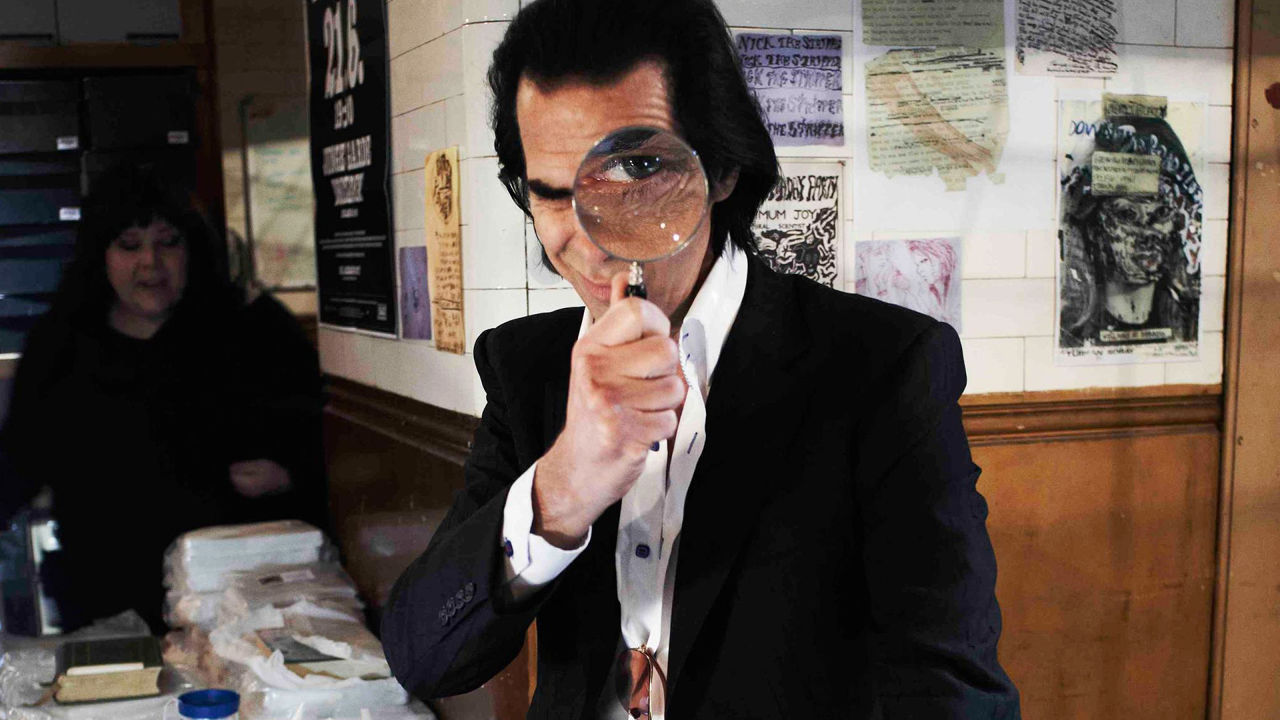
Documentaries over recent years have acquired an impact unimaginable for non-fiction films in prior decades. Great modern documentaries such as Michael Moore’s Roger & Me (1989) and Steve James’s Hoop Dreams (1994) championed by film critic Roger Ebert, were critically well regarded but bypassed for further honours. It is only recently that this paradigm has begun to shift.
Non-fiction films are now more commonplace in cinemas, film festivals and galas across the globe having carved out a unique cultural influence due to the breadth of the discipline and boundary-less scope of subject matter. Despite the swell in distribution and popularity, some documentaries continue to go unheralded missing out on much deserved recognition.
The purpose of this list is to place focus upon ten films, which feature a figure, or figures, of substantial cultural clout whose involvement has drawn attention but not to the level warranted. Whether an artist, actor, musician or filmmaker each film in this list is deserving of greater appreciation within the context of each protagonists body of work.
10. Finding Vivian Maier (2013)
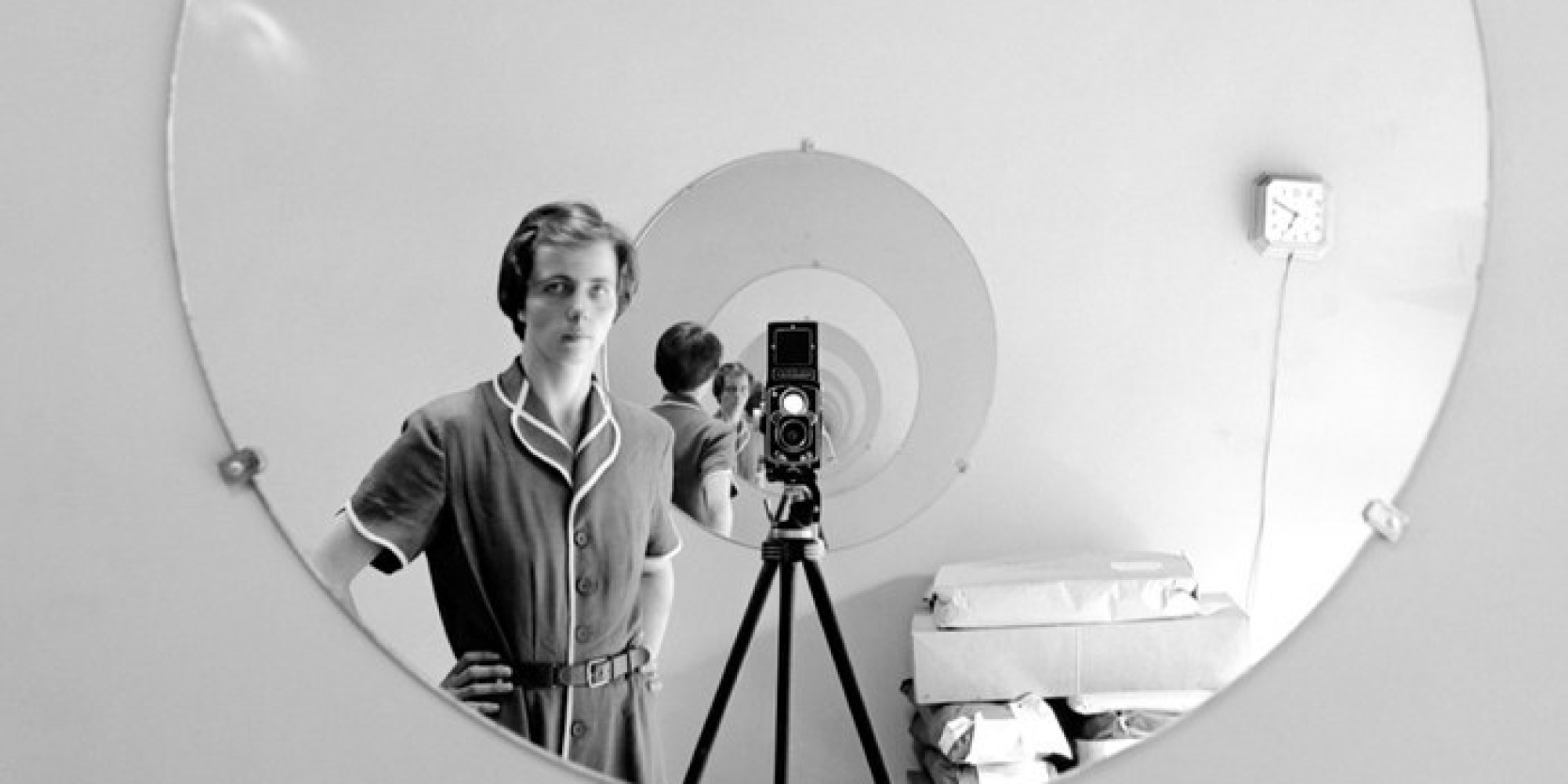
When Chicago-born historian John Maloof paid a pittance for a box full of undeveloped film spools and negatives little did he know of the discovery he was about to stumble upon. Believing that a childhood growing up in and around flea markets had provided him with a sixth sense for finding interesting pieces, he found himself the owner of astonishing photographs from a great-undiscovered talent.
Vivian Maier was a nanny who used the freedom her modest job afforded her to take her charges on long walks and excursions this in-turn provided her with limitless photo opportunities and time to hone her skills. The fact Maier’s work failed to receive recognition during her lifetime is so remiss.
Exemplifying the level of her eccentricities, Maier was synonymous with saving and collecting various items in particular newspapers and cuttings to the extent that the weight of stacked papers caused the floor beneath to bevel.
Maier is a complex character, difficult to comprehend. Past eccentric, this film produced by Jeff Garlin (best known for his role as Jeff, in Curb Your Enthusiasm) and directed in part by Maloof himself, details the life of the enigmatic Maier brilliantly, none more so than in the first scene whereby those who knew her struggle to answer a simple question: describe Vivian? The fact the first adjective used is “paradoxical” is entirely fitting.
9. Exit Through The Gift Shop (2010)
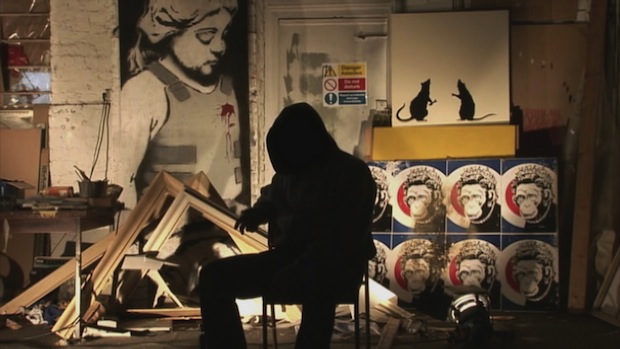
The mystery surrounding Exit Through the Gift Shop mirrors the puzzling presence of the films director – street-artist Banksy. He considers the bizarre Frenchman Thierry Guetta to be a more compelling subject matter than himself, and sets about charting Guetta’s rise from vintage clothes shop owner to Mr. Brainwash, a highly lucrative artist in his own right.
Banksy may be right in this case. Guetta’s rise to popularity is so beguiling and unimaginable it seems faux. His ‘art’ is pure parody, shamelessly stealing and deconstructing the works of lauded artists before him. His graffiti, before his self-entitled solo exhibition, carries none of the weight and poignancy of Banksy, or Shepard Fairey’s art who gave him his start.
Guetta is likeable, but so odd that he could easily be the comedic creation of Banksy himself, functioning to critique the art world from the inside and make a mockery of the celebrity involved in the once underground street art movement. This theory has been ‘proven’ as untrue but the film, from its title onward is one long cutting, in-joke criticizing the sellouts that pervade the world of guerrilla art.
8. Cave Of Forgotten Dreams (2010)
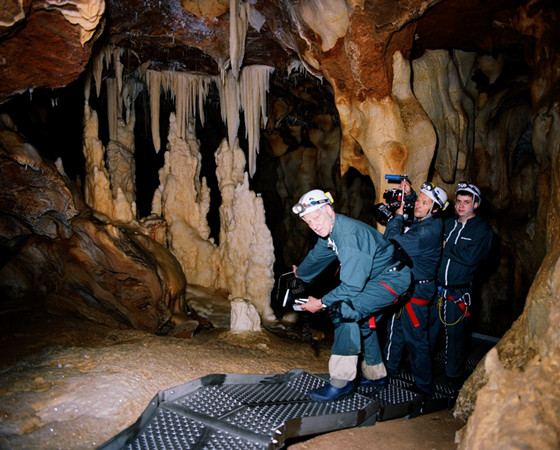
Director Werner Herzog is widely regarded as one of the world’s finest filmmakers. Unquestionably the biggest name in film in this list, he has proven himself as a prolific documentarist.
Among his more recent successes lies Cave of Forgotten Dreams, a haunting, awe-inspiring voyage that Herzog himself undertakes into the Chauvet Cave in France in search of the oldest human painted images on Earth. Herzog along with a small team of experts including paleontologists and archaeologists are given unprecedented access to this vast evocative space.
The paintings date almost 32,000 years and Herzog’s ruminations on the meaning, form and style of the works is delivered in his drawl, distinctive German accent as he critically analyses the artistic and religious aspects way beyond the immediate visuals.
Herzog films in 3-D to accentuate the power and beauty of the images. Despite his past criticisms of stereoscopy, Herzog uses it masterfully challenging himself and truly delivering for audiences; his decision is wholly vindicated in this spellbinding film of discovery.
7. 20,000 Days On Earth (2014)
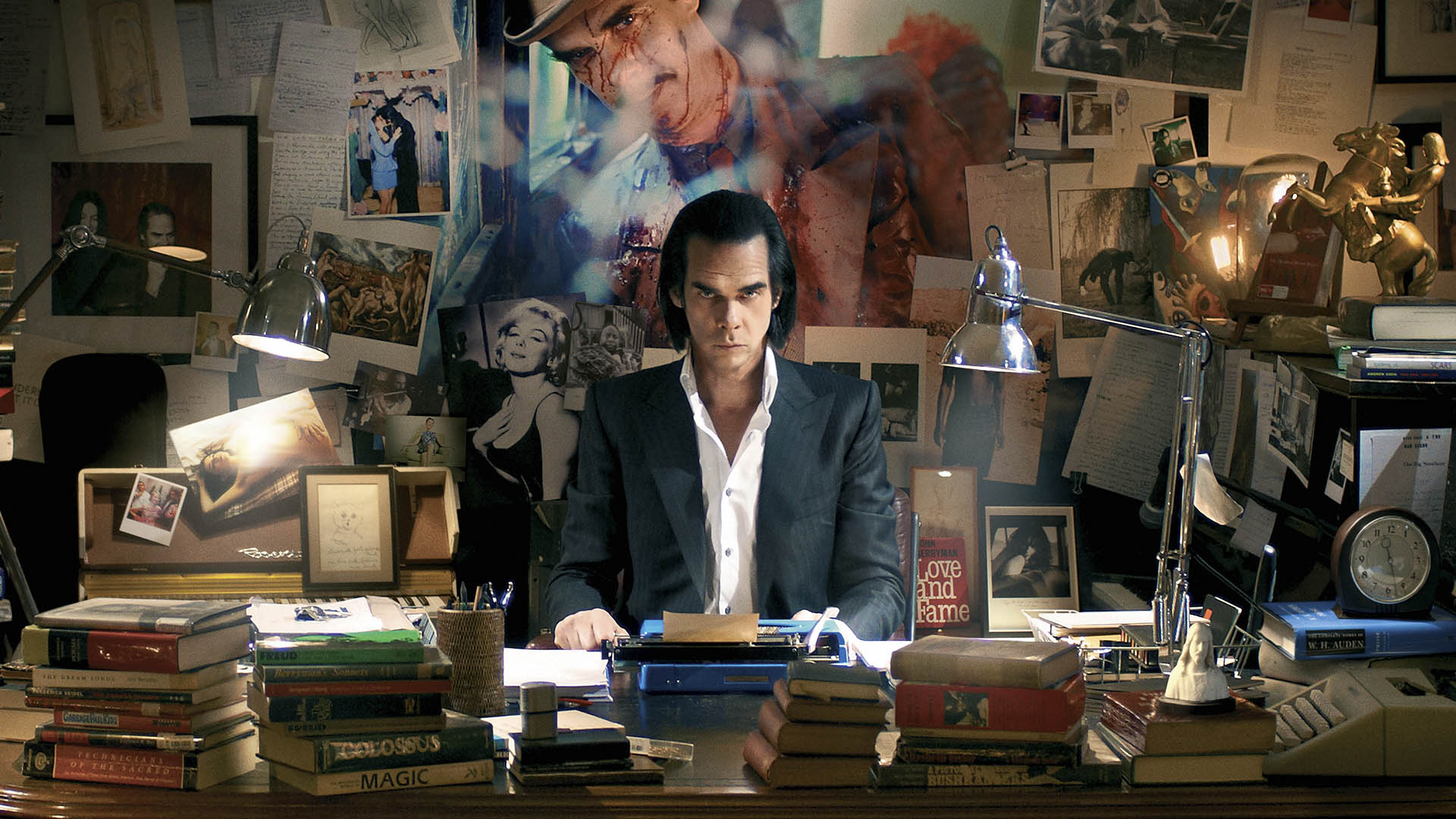
Waking up in his bed in his Brighton home Nick Cave begins this film in his famed baritone voice: “This, is my 20,000th day on earth”.
A fictionalized documentary it purports to cover twenty-four hours in the life of the Australian musician, writer and occasional actor. His acting is important to note as he in essence performs throughout, delivering pre-scripted voiceovers, aloofly giving access to the intimacies of what his daily life may involve: from therapy to recording sessions, as well as humorous, constructed car journeys with the likes of Ray Winstone and Kylie Minogue.
Directed in tandem by Iain Forsyth and Jane Pollard this film is highly original due it’s disjointed, constructed style coupled with a semi-consistent feeling of spontaneity.
Cave worries about not being able to work as he has done all his life – principally continuing his strict daily writing regime and having control over his creative output.
Throughout he demonstrates a high level of self-awareness and a desire to protect his creative sprit at all costs.
6. Ai Weiwei: Never Sorry (2012)
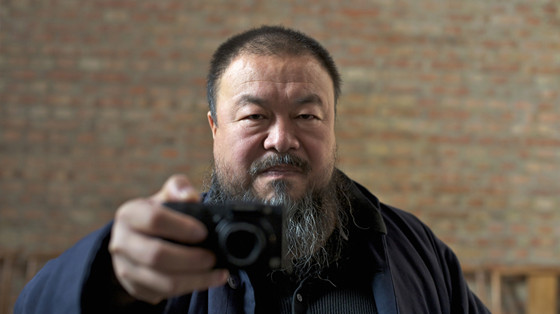
Ai Weiwei: Never Sorry is an intimate portrait of the Chinese contemporary artist and activist that shows the protagonist as a surprisingly enigmatic, contemplative man. Perhaps best known for his Sunflower Seeds installation at the Tate Modern in 2010, Weiwei’s sculpture was made up of over 100 million individually hand painted porcelain ‘seeds’ which filled the famous Turbine Hall and questioned the way in which we think of individualism in today’s society.
Director Alison Klayman covers the entirety of Weiwei’s career in a rational, unobtrusive manner, allowing the overwhelming solemn power of his work to speak for itself.
His desire to identify victims of the Sichuan earthquakes in 2008 offers an early insight into his capacity to ignore rejection and struggle towards his objectives. His valiant spirit and ability to engage swells of people results in a list of over 5000 children’s names killed by the earthquake exposing poorly constructed government-built buildings that failed to adhere to building codes.
Confronting oppression and heavy surveillance Weiwei fights the Chinese government with intelligence and humour and remains astoundingly composed, for the most part, when indicted for alleged tax charges. His tweet “There are no outdoor sports as graceful as throwing stones at a dictatorship” encapsulates his humorous approach to conflict.
Weiwei is a thoughtful, quiet man who uses his work profoundly to communicate. This is exemplified in his anniversary work for earthquake victims. Over 9,000 backpacks were displayed in Munich with a sentence reading “she lived happily on this earth for 7 years” lifted directly from one parents commemoration of her daughters death – without reverie Klayman does as Weiwei would surely have wanted and captures her subject poignantly without hyperbole.